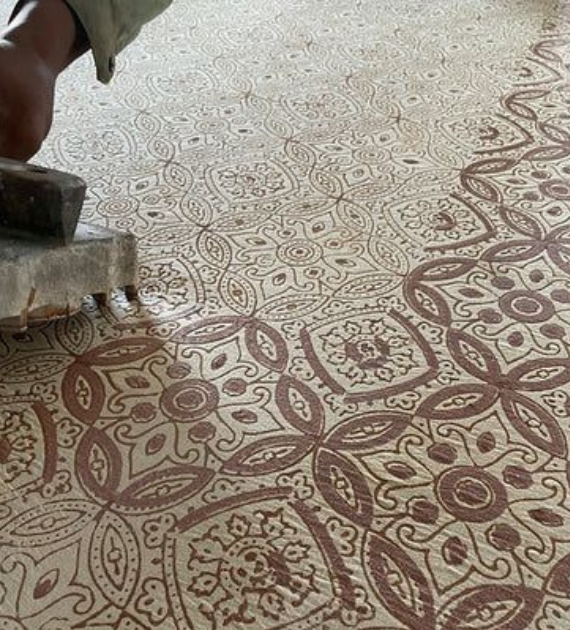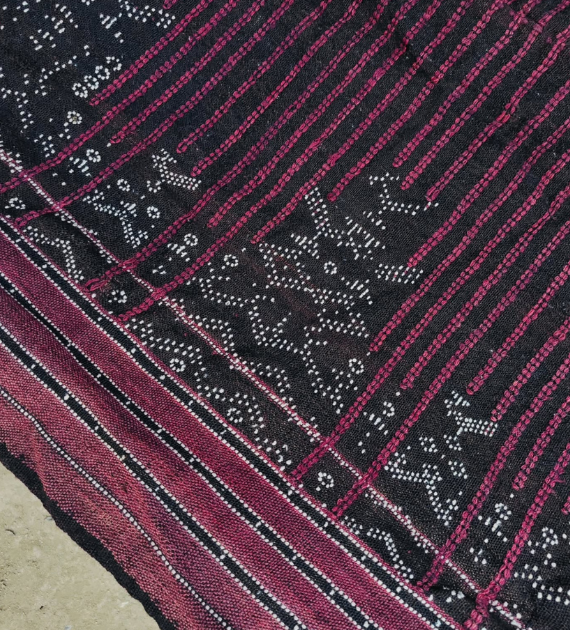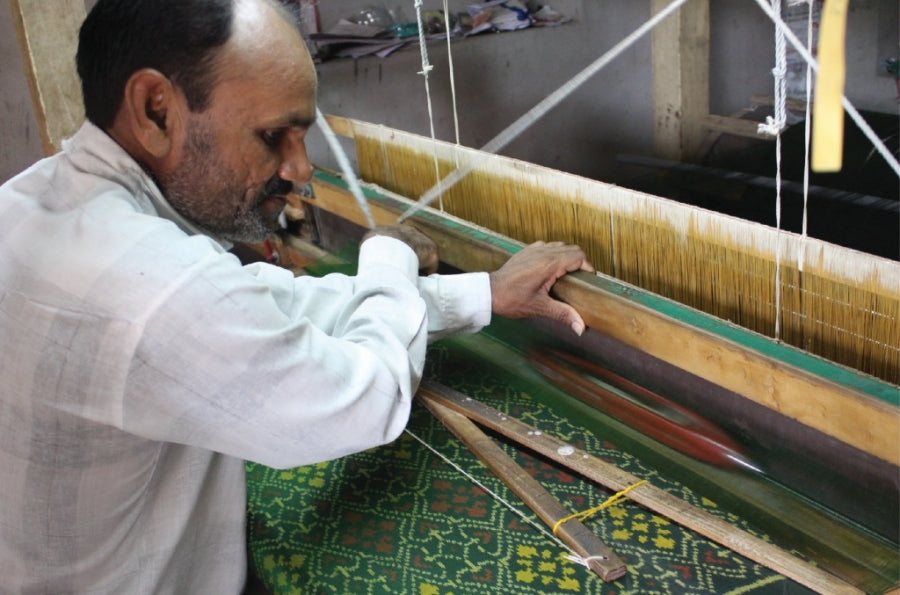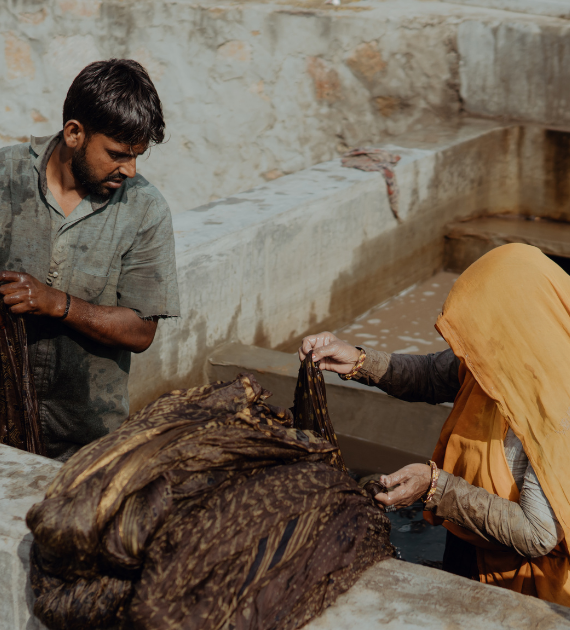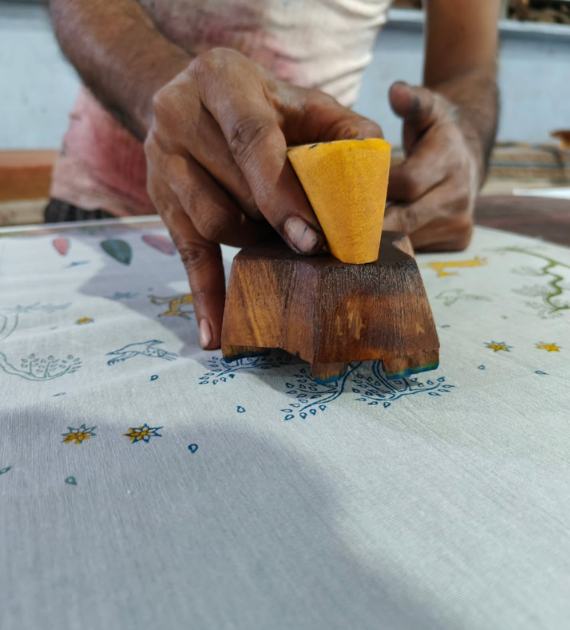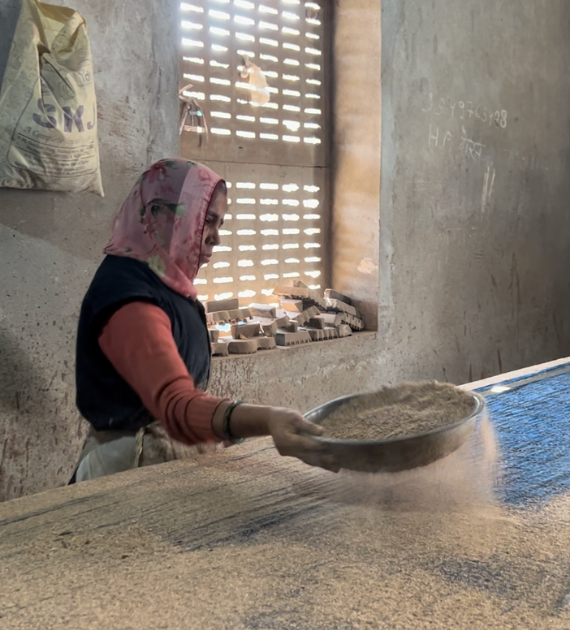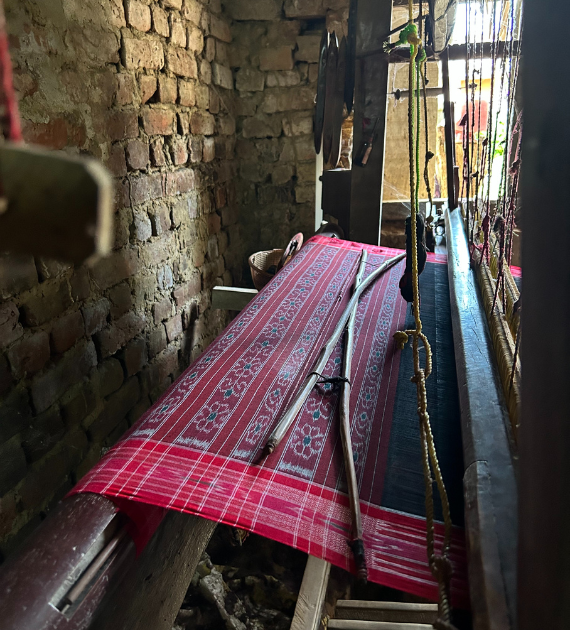Sort by:
Sanganer Handblock Printed Yardage Fabric
Rs. 416.00
Made by : Ankit Kumar
MEASUREMENTS: 1 Qty = 1 meter
MATERIAL(S): CottonCARE: Dry Clean / Hand wash
Sanganer Handblock Printed Yardage Fabric
Rs. 416.00
Made by : Ankit Kumar
MEASUREMENTS: 1 Qty = 1 meter
MATERIAL(S): CottonCARE: Dry Clean / Hand wash
Sanganer Handblock Printed Yardage Fabric
Rs. 416.00
Made by : Ankit Kumar
MEASUREMENTS: 1 Qty = 1 meter
MATERIAL(S): CottonCARE: Dry Clean / Hand wash
Sanganer Handblock Printed Yardage Fabric
Rs. 416.00
Made by : Ankit Kumar
MEASUREMENTS: 1 Qty = 1 meter
MATERIAL(S): CottonCARE: Dry Clean / Hand wash
Sanganer Handblock Printed Yardage Fabric
Rs. 416.00
Made by : Ankit Kumar
MEASUREMENTS: 1 Qty = 1 meter
MATERIAL(S): CottonCARE: Dry Clean / Hand wash
Sanganer Handblock Printed Yardage Fabric
Rs. 416.00
Made by : Ankit Kumar
MEASUREMENTS: 1 Qty = 1 meter
MATERIAL(S): CottonCARE: Dry Clean / Hand wash
Sanganer Handblock Printed Yardage Fabric
Rs. 416.00
Made by : Ankit Kumar
MEASUREMENTS: 1 Qty = 1 meter
MATERIAL(S): CottonCARE: Dry Clean / Hand wash
Sanganer Handblock Printed Yardage Fabric
Rs. 416.00
Made by : Ankit Kumar
MEASUREMENTS: 1 Qty = 1 meter
MATERIAL(S): CottonCARE: Dry Clean / Hand wash
Sanganer Handblock Printed Yardage Fabric
Rs. 416.00
Made by : Ankit Kumar
MEASUREMENTS: 1 Qty = 1 meter
MATERIAL(S): CottonCARE: Dry Clean / Hand wash
Sanganer Handblock Printed Yardage Fabric
Rs. 416.00
Made by : Ankit Kumar
MEASUREMENTS: 1 Qty = 1 meter
MATERIAL(S): CottonCARE: Dry Clean / Hand wash
Sanganer Handblock Printed Yardage Fabric
Rs. 400.00
Made by : Ankit KumarMEASUREMENTS: 1 Qty = 1 meterMATERIAL(S): Cotton
Sanganer Handblock Printed Yardage Fabric
Rs. 400.00
Made by : Ankit KumarMEASUREMENTS: 1 Qty = 1 meterMATERIAL(S): Cotton


